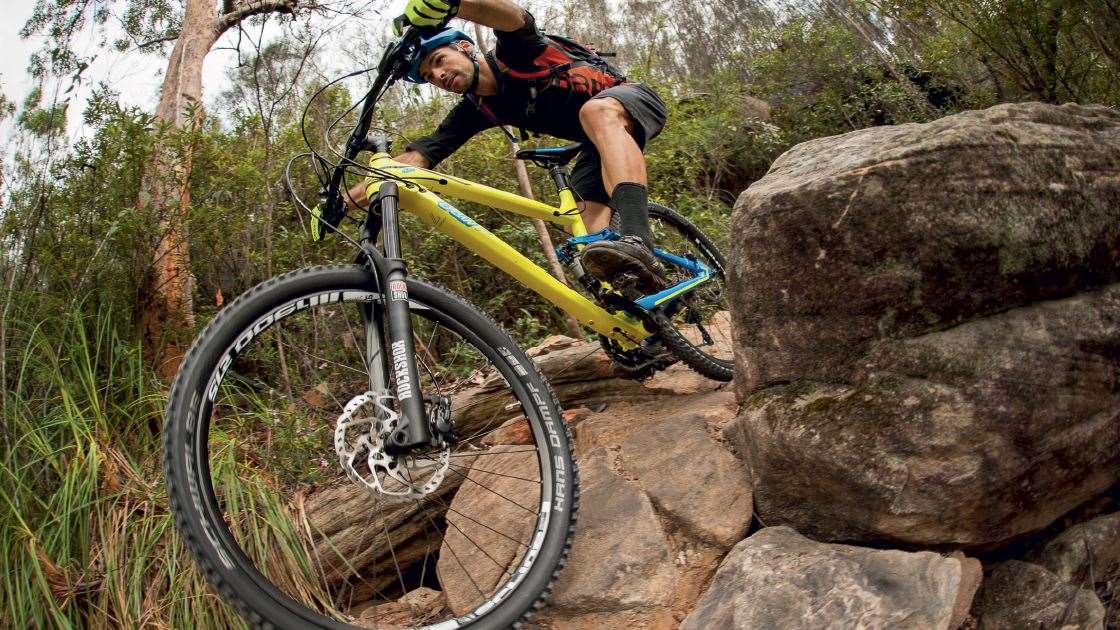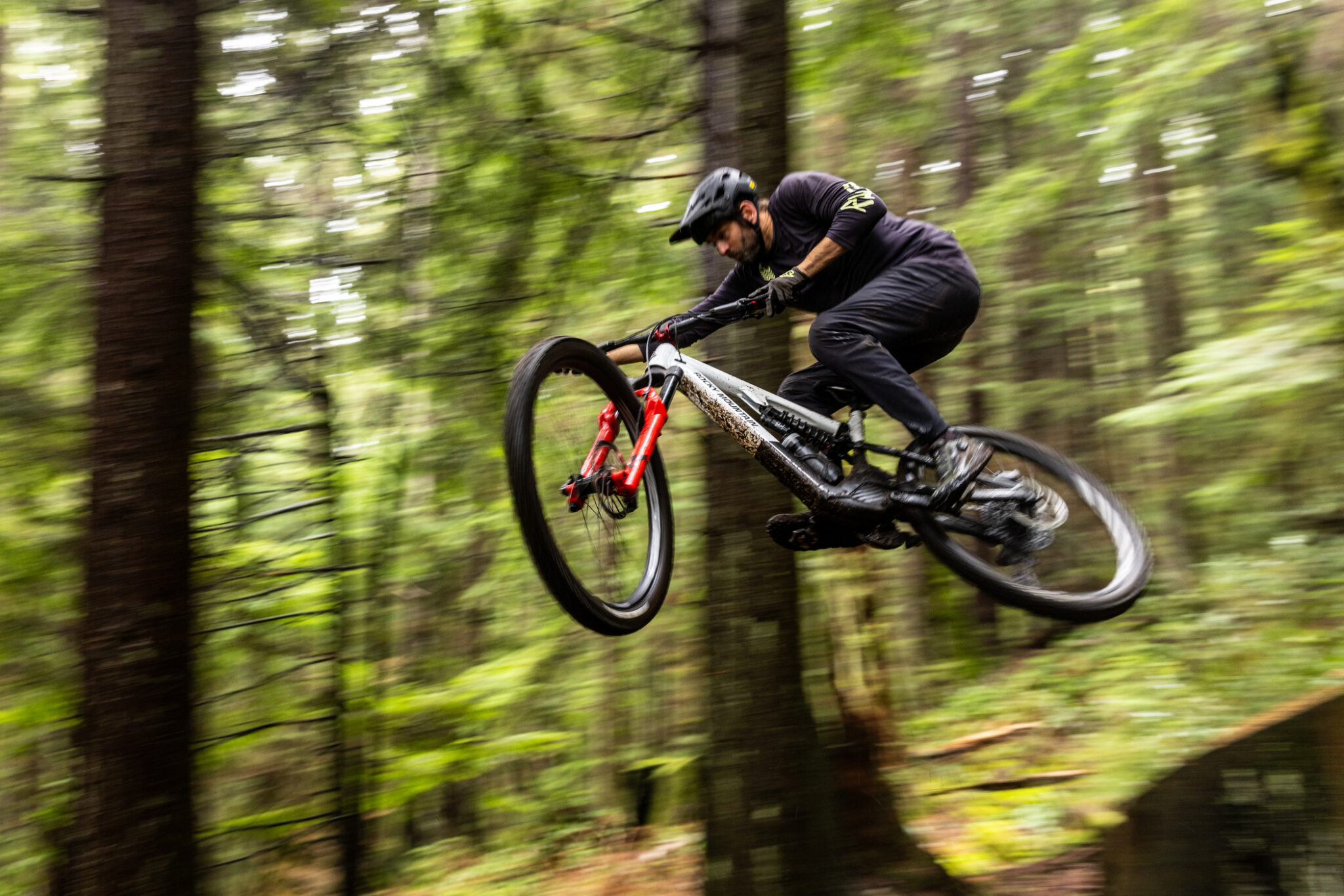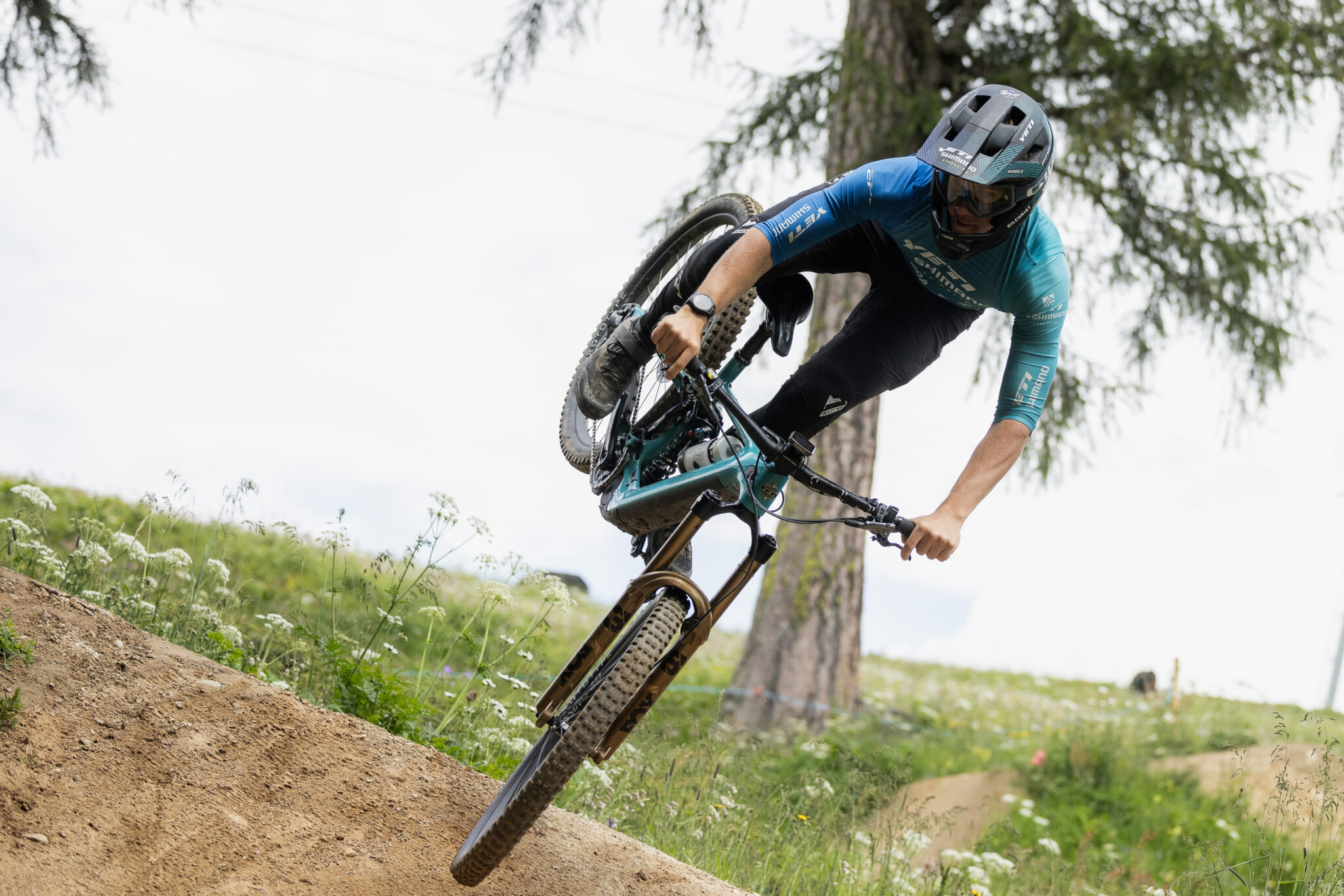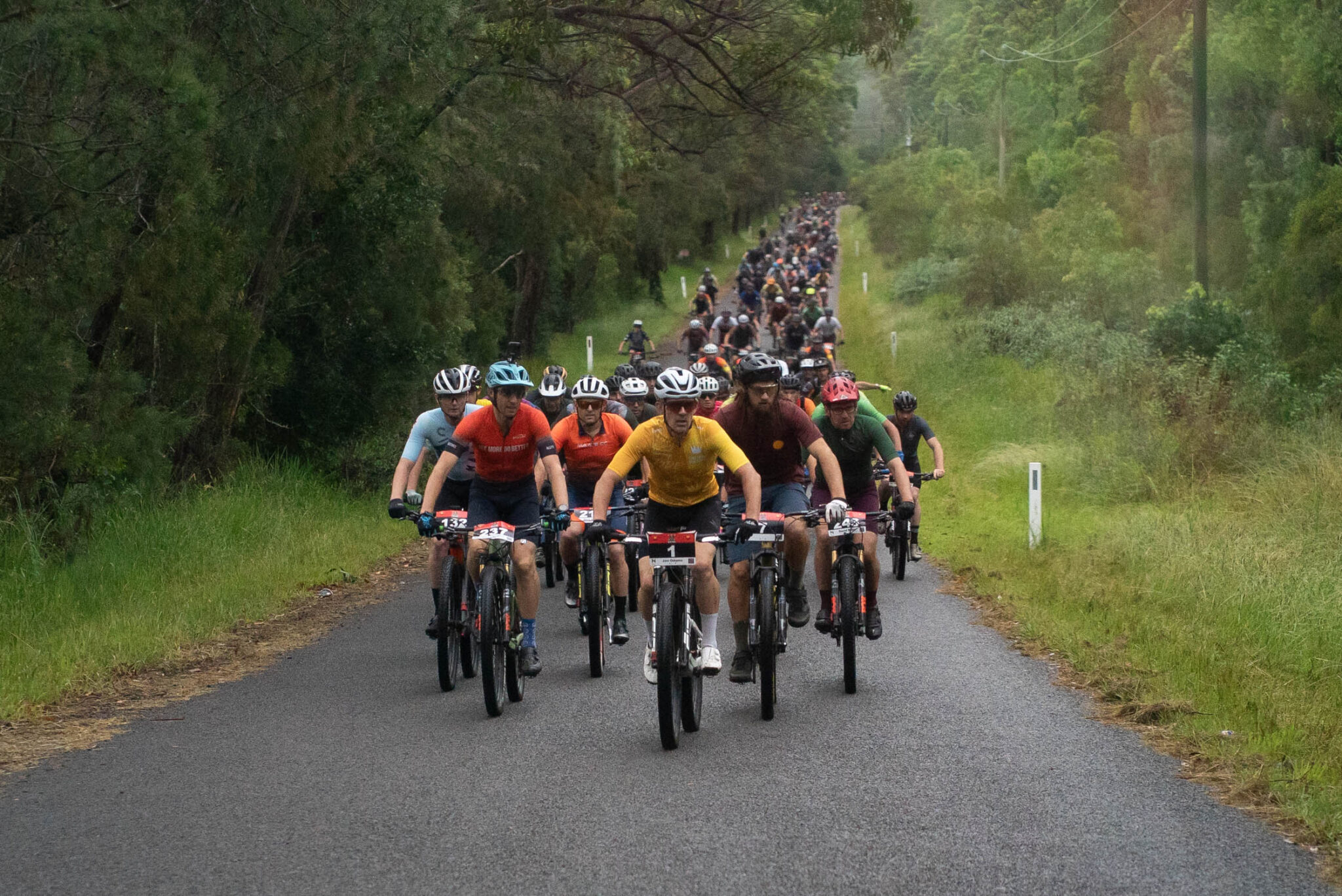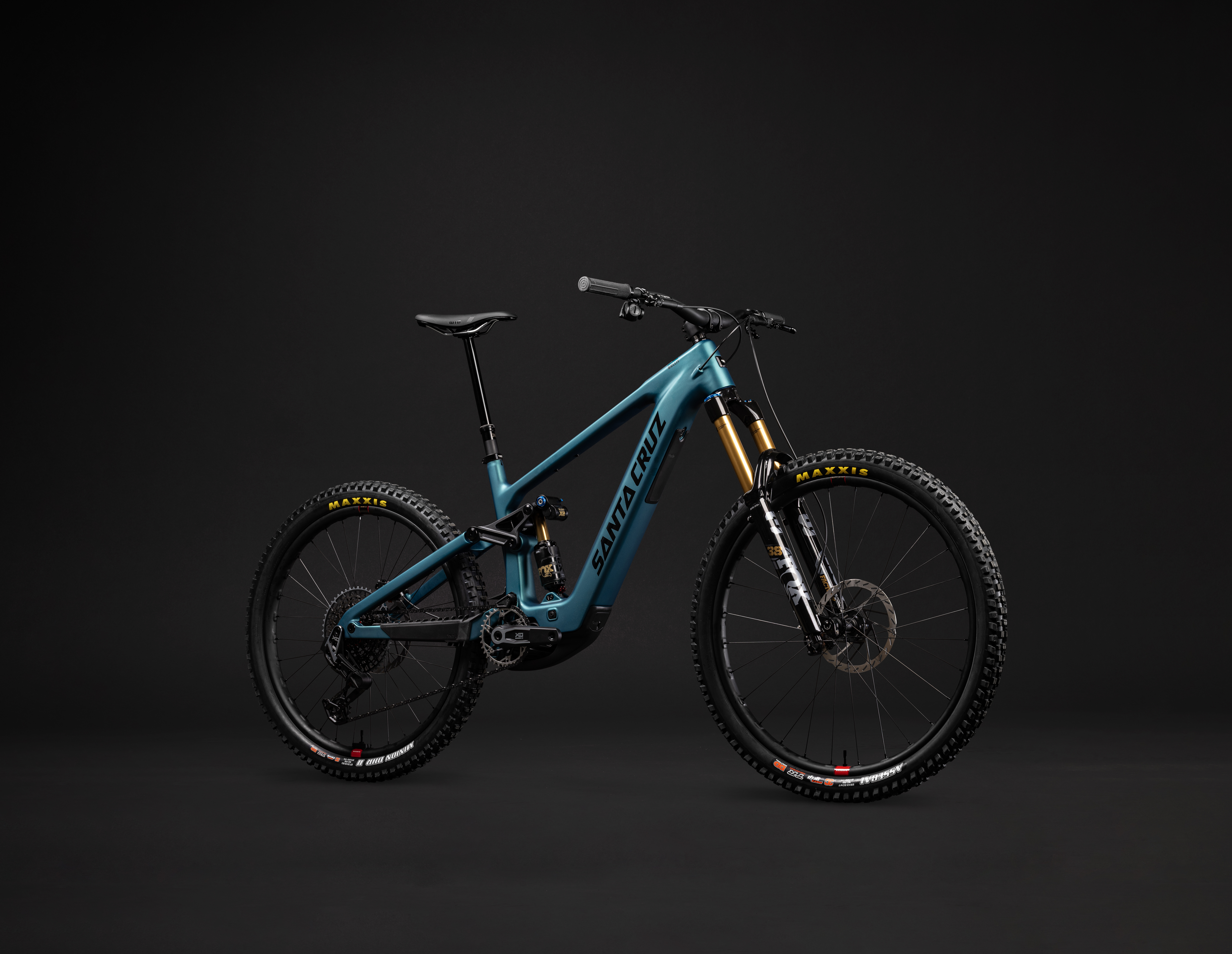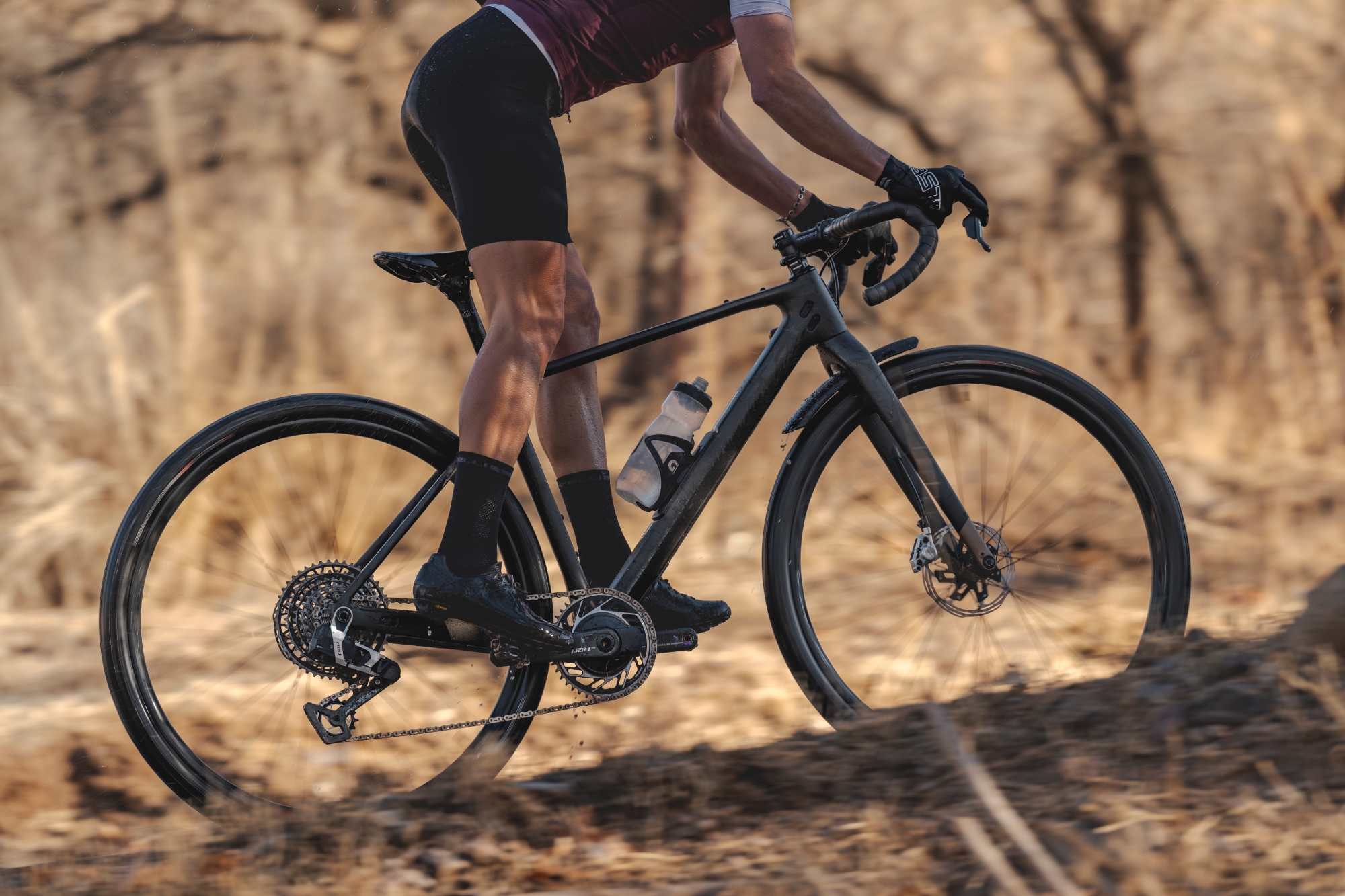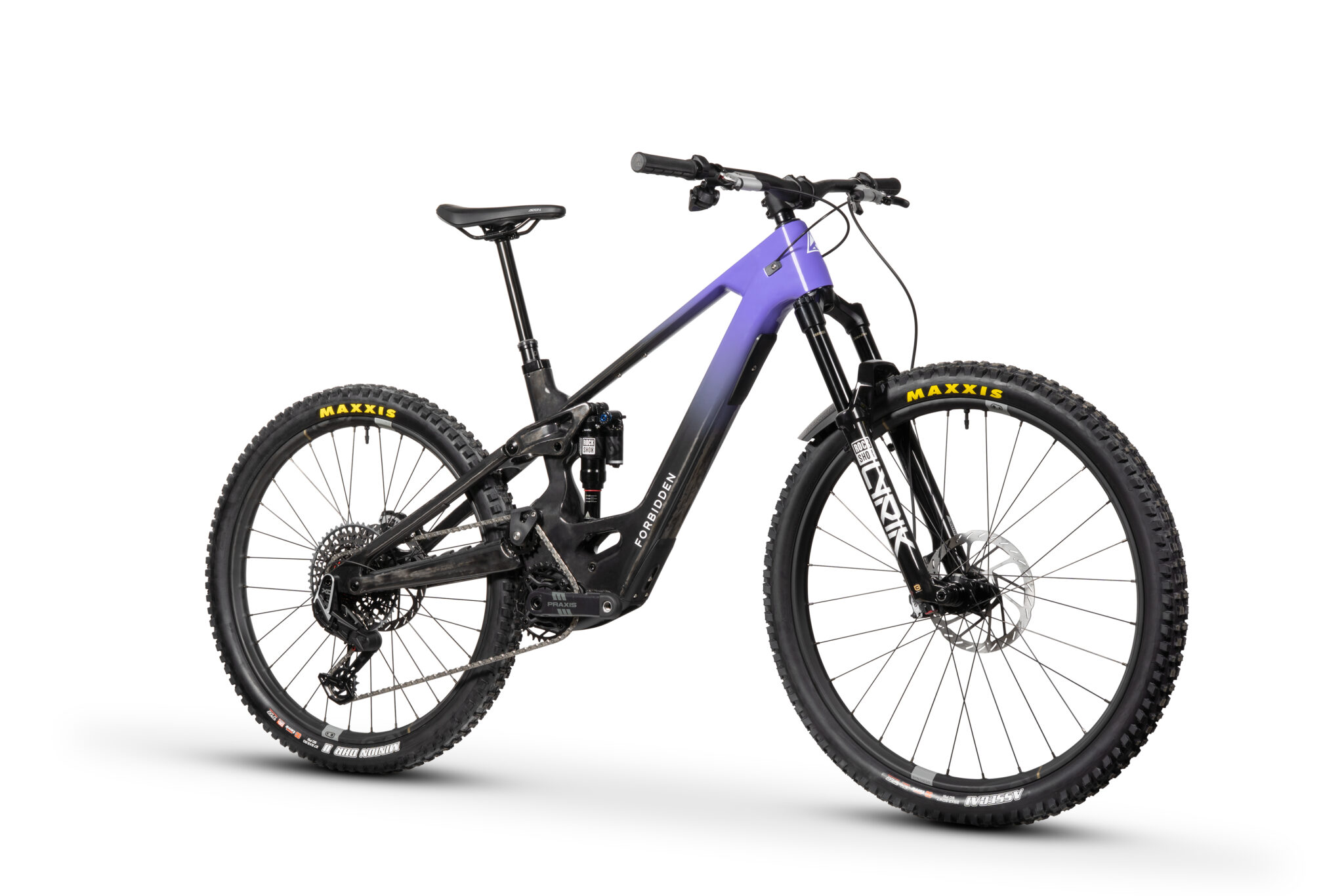KTM Lycan LT 273 Reviewed
KTM are based in Mattighofen in Austria - they've got plenty of know how when it comes to making all-mountain bikes.
I learnt a lot about the KTM bike brand when visiting their home town of Mattighofen in Austria last year. The brand is proudly Austrian for their development, testing, quality control and bike builds. While frames are made in Taiwan, the blank frames are painted, built, tested, and boxed up again in the one factory in the small Austrian town. The offshore production of their frames is the one concession they have made, to keep their business in Mattigohofen, where they employ over 300 staff.
I learnt a lot about the KTM bike brand when visiting their home town of Mattighofen in Austria last year. The brand is proudly Austrian for their development, testing, quality control and bike builds. While frames are made in Taiwan, the blank frames are painted, built, tested, and boxed up again in the one factory in the small Austrian town. The offshore production of their frames is the one concession they have made, to keep their business in Mattigohofen, where they employ over 300 staff.
Having seen the separate workshops where high end bikes are put together, the production line where the wheels are built (in-house) and the machines which run through the quality control of each bike – I viewed this fluoro yellow and blue all-mountain bike a little differently when building it up. The DT wheels aren’t just a product managers choice – but an in-house partnership so KTM can offer the highest quality parts on their bikes at a given price point. And while it’s a small detail, the brake and derailleur alignment were spot on out of the box. The wheels perfectly true. A clear sign that the bike had been built expertly, before being packed for shipping to Australia.
The Lycan LT 273 is the longer legged brother of the Lycan 1.65 that Adam Fernyhough tested in Issue 139. Travel is up from 125mm to 160mm (hence the LT: long travel) but the whole geometry is different, as you’d expect. The 273 is the first model in the range, and the only one stocked in Australia. Three higher models can be ordered, and the Fox 36, XX1 equipped LT 271 looks awesome! Custom orders from the rest of the range are possible if you’re happy to wait for a shipment.
Initial Impressions
The Lycan LT has an alloy frame with some interesting hydroforming, especially on the main triangle. The head tube has a pronounced nose, and there is certainly a lot of tubing there for the flared top tube and down tube to be welded on. All cables and hoses are run internally, although it’s optimised for right-to-rear braking, like just about every bike on the market. The down tube flattens on the horizontal axis towards the press fit bottom bracket shell, and the top tube drops for better stand over height. At first glance the back end seems like a four bar linkage, but with the pivot on the seat stay it’s “faux bar”. As with the last Lycan we had on test, the shock is mounted as a floating unit – and it rides with a great deal of sensitivity, even deep in the stroke. The dropouts are 142×12 and built for a 180mm rotor, post mount. All the pivot bolts sit flush, with the torque settings printed on them – a handy guide for the torque wrench equipped home mechanic. The tyre clearance through the swing arm isn’t immense, but didn’t cause problems in the testing period.
The bright colours and bold graphics make the bike stand out. Soon enough black will be the new black again. But for now, the colour matching with the lock on grips, back end and graphics all work nicely.
The setup of the RockShox suspension is pretty standard, I ran very close to the recommended pressures. I did choose to run a little higher in the back, and set the fork’s rebound damping quite light. The Revelation felt a little overwhelmed in repeated hits compared to a Pike – lighter rebound alleviated this. The RockShox Monarch shock is plush, but I had to check the graphic to see when it was ‘locked’. Running higher pressure helped, but it’s not a shock with a huge amount of platform damping.
The wheels and tyres are tubeless ready which is a real gift – some sealant, valves and air had the bike setup tubeless very quickly. I ran the Hans Dampf pretty low as I was mostly off the back of the bike given the rider’s position on this style of bike. The Rock Razer is an interesting spec, rolling well but skidding around a bit on Sydney sandstone. Tyres should never make or break a bike decision though, as along with your contact points they’re very easy to change.
On The Trail
If there is one thing I want on an all-mountian bike, it’s confidence. Whether that comes from the stance, the suspension, the brakes… you don’t want to be second guessing what the bike will do. The Lycan LT had this in spades. The long top tube and slack 66.5 degree head angle made it really stable down steep chutes. Dropping the post, getting back, feathering the brakes and spotting your line was really all it took when rolling into rougher terrain.
With a steep seat angle of 74.5 degrees the length of the bike feels quite short when pedalling in the seat, you’re really over the middle of the bike. Given the plush stroke of the shock, and long travel, I was actually surprised how well it pedalled on the flat, if you were sitting and spinning along. Mashing out of the saddle wasn’t so good, but the climbing on loose terrain had lots of grip, as long as you had the legs and lungs for it. The same can be said for seated climbing on smooth roads and trails. I rarely used the fork lockout, but wished it had a travel adjust. I’m not one for finish line sprints on an all-mountain bike, but dropping the front end height for the inevitable climbs would be handy.
The Deore shifting and braking is solid, although I missed the ability to shift to a couple of higher gears at once, like the shifters higher in the range. The 180mm rotors front and rear might seem like overkill on some Australian trails, but they didn’t feel grabby, and were easy to get along with. The two shifters and brake levers take up some handlebar real estate though, and neither the RockShox fork lockout or KS Lev dropper lever really nestled in well with them. They aren’t within the reach of your thumb. While that wasn’t much of an issue for the fork, it made using the dropper tricky. I run my controls inboard from the grips, so found a place where the dropper lever fitted between the grip and brake lever. But not everyone runs controls this way.
The action of the 125mm drop KS Lev post was great, but it had a habit of getting stuck down. If you’re shuttling runs, and have the post down a lot this is of little consequence. But when you are out for a trail ride it becomes irksome needing to stop and pull it up. All of a sudden a quick release and a regular post would be about the same.
The DT wheels were fine all test. I’ve commented before that I like a wider rim, and that goes for this bike too. But they just aren’t as common as you might expect yet – but that’s not to say they wouldn’t make a good upgrade if you felt the same way. I didn’t need to touch the wheels all test, but I do find the use of straight pull spokes annoying. Yes, they’re stronger, but rarely does a shop have them in stock in the length you need if you do bust one.
Those were the sorts of downsides I found with the Lycan LT. Niggling things. The 2×10 gear choice is good, with a great range thanks to the 24/38 chain ring setup. But I think a 32t single ring, and a 40 or 42t cassette converter on the back would be great. A few brands are building bikes like this, and a few switched on shops are doing the conversion on floor model bikes too. You would lose one of the six hoses/cables from the front of the bike, gain some ground clearance, and not get stuck between chain rings so often. The ability to reach the dropper lever would be solved. You could even fit an ISCG guide if you take your descending seriously, as it has the mounts.
Apart from that I really like riding the bike. With some small changes to make it suit your use, this could be a great all-mountain bike to take to alpine trails, a capable trail bike for those who ride to descend, or even a pretty handy enduro racer with some careful upgrades and tweaks to the setup.
Our Take
The Lycan LT has a very well finished frame. And the build isn’t lacking anywhere, with quality parts throughout for the sub $4000 price tag. It carries Austrian attention to detail that puts a great complete bike together, not drawing you to one flashy part and hiding nasty parts where you don’t look.
Austria is full of some pretty big mountains, and the trails on the big mountains are usually super steep singletrack going down, or well surfaced gravel fire trails going up. And this all-mountain bike excels in both those situations, and was surprisingly capable on singletrack climbs as well if you’re a smooth pedaller. Without a proper four bar linkage or a higher end rear shock, you need to get the suspension setup just right to get the most out of it. It’s really worth spending the time to get this right. I think best of all, there’s nothing that is holding this bike back. Sure it’s the first model in the line, but there are no major sacrifices made to the ride quality to get it under four grand for a very capable all-mountain bike.
Three things you liked about the bike
– Stable geometry and stiff frame
– The KS Lev dropper post
– Quality wheels that setup tubeless easily
Three things you would change about the bike
– Too many cables, optimise the routing and ergonomics then trim them.
– It really needs to be a single chain ring setup, with a 40t or 42t step up.
– Spend the time to get the tyres and suspension dialled
ESSENTIALS
Brand KTM
Model Lycan LT 273
RRP $3890
Weight 13.9kg (as tested)
Distributor KTM Australia
Contact ktmbike.com.au
Available Sizes: 43, 48, 53(tested) cm
Frame Material: Hydroformed Alloy
Fork: RockShox Revelation QR15 150mm
Shock: RockShox Monarch RT 160mm
Shifters: Shimano Deore 2×10
Derailleur Rear: Shimano XT Shadow Plus, Front: Deore
Crank: Shimano Deore 24/38
Bottom bracket: Shimano BB71 Pressfit
Cassette: Shimano HG50 11-36 10sp
Hubs: DT Swiss QR15 and KTM Team Thru-Axle
Spokes: DT Swiss straight pull
Rims: DT Swiss M1900 Spline, Tubeless Ready
Tyres: Schwalbe Hans Dampf front, Rock Razor rear
Brakes: Shimano Deore, 180mm rotors
Stem: Ritchey Trail
Handlebars: Ritchey Trail Rizer, 760mm
Seatpost: KS Lev DX – 125mm drop (100mm on 43cm)
Saddle: Selle Italia SL
Rider Profile: Mike Blewitt.
Riding Experience: Too much time riding bikes in our country and others.
Generally Rides: Bianchi Methanol 29ers
Height: 180cm
Weight: 72kg
Bike Test Track: Northern Sydney
